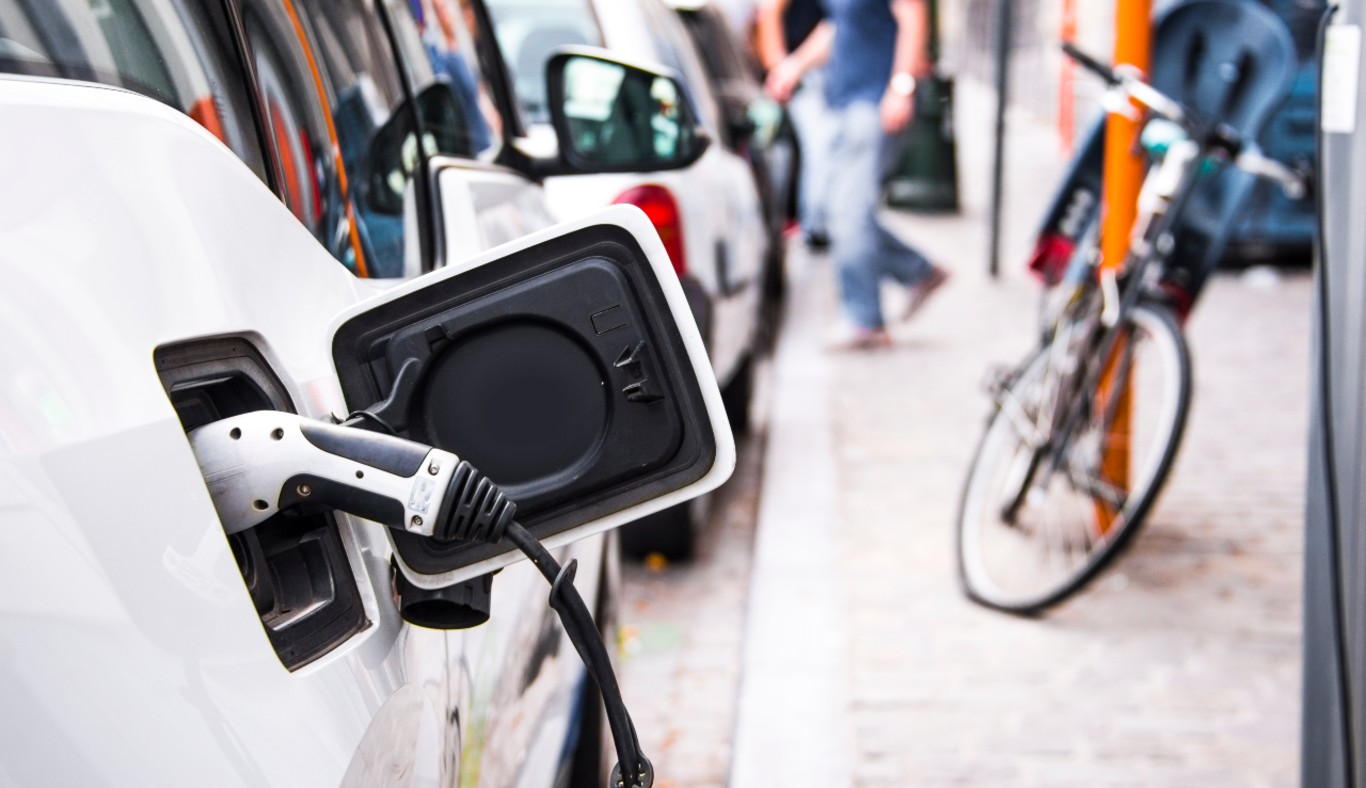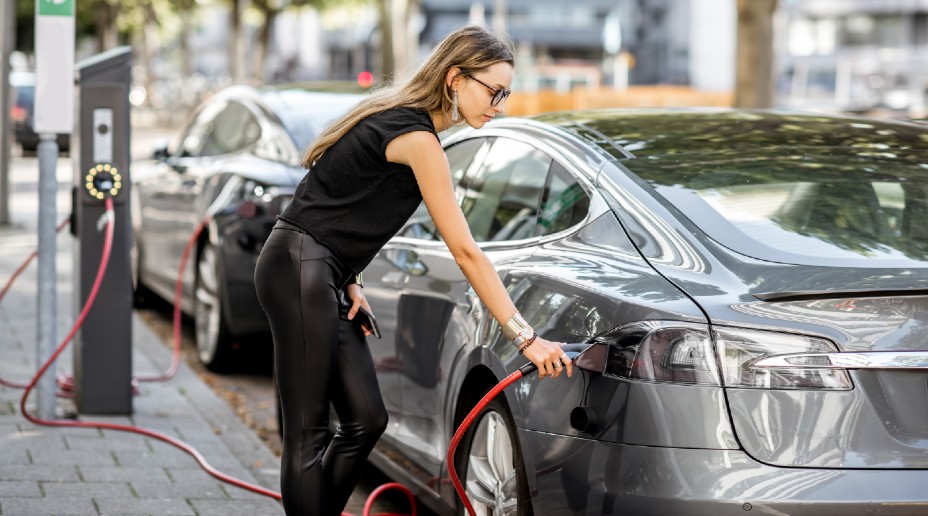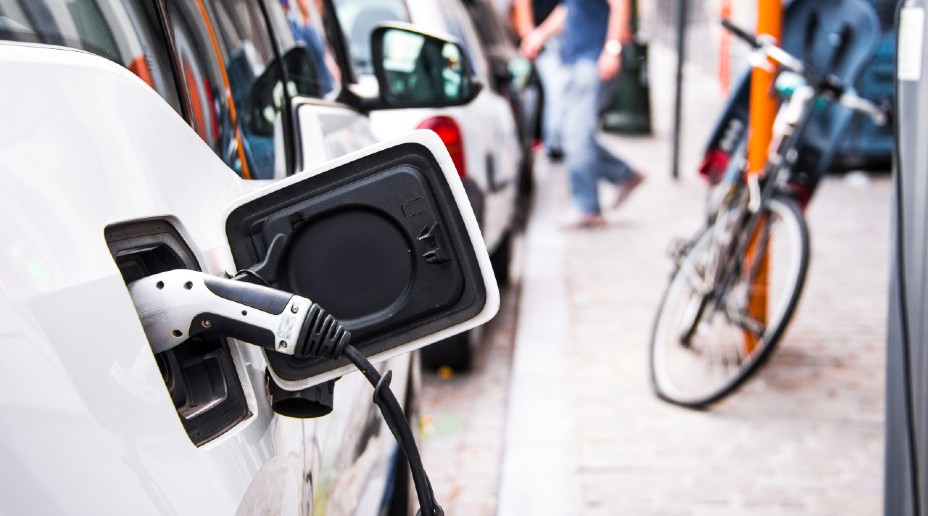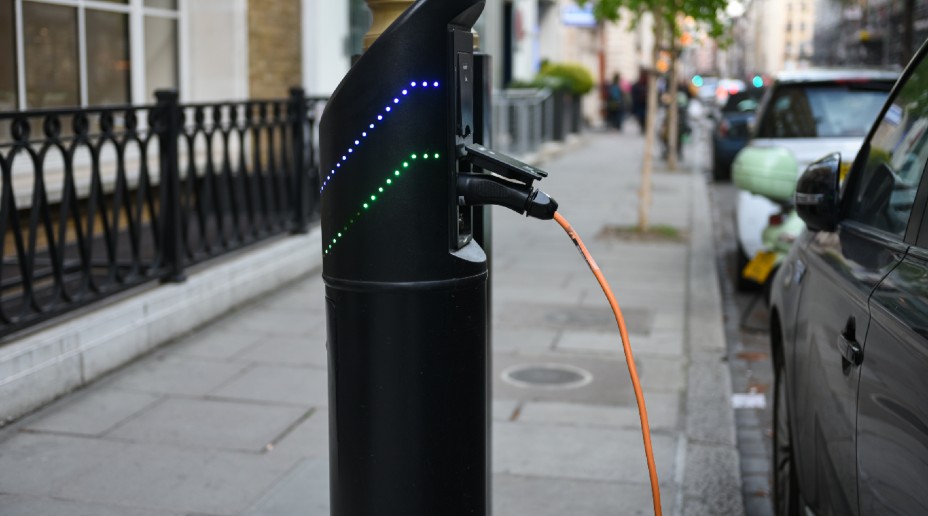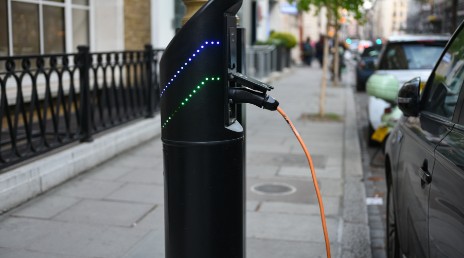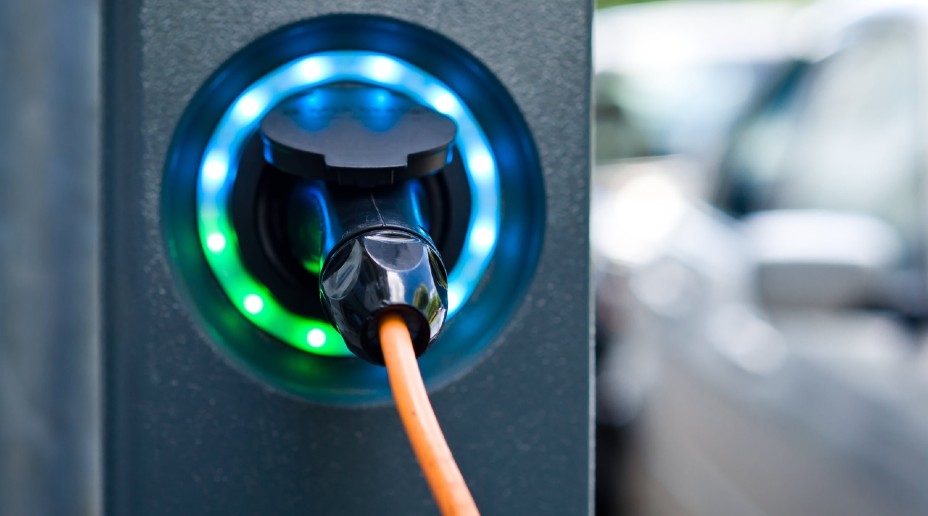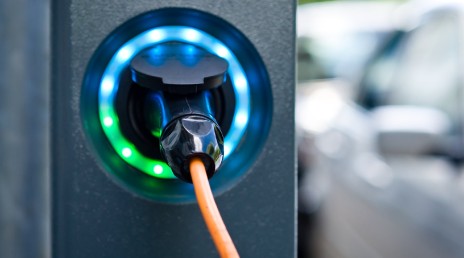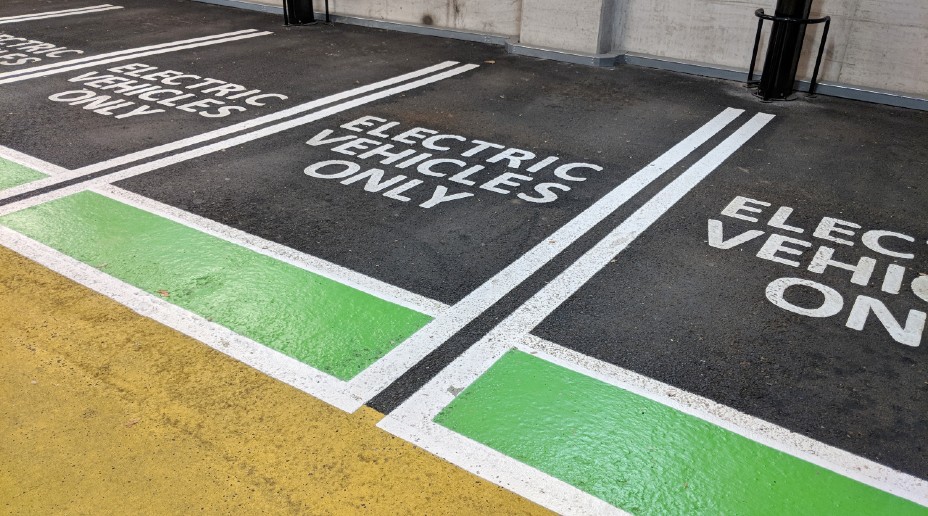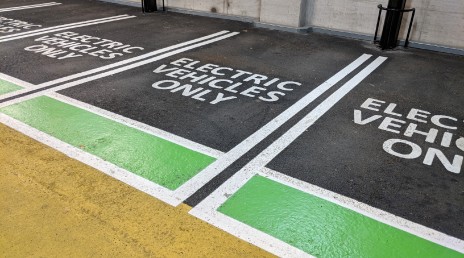The cost of running electric vehicles will be high on any fleet managers’ considerations when contemplating a switch. When assessing this, it’s important to look beyond the list price and consider the broad range of costs and financial benefits.
Up-front costs, whether purchase or lease, are higher for electric vehicles than for more traditional petrol or diesel vehicles. However, once running costs are factored in, electric vehicles become a more cost-effective option over their lifetime.
Maintenance costs tend to be lower. Electric vehicles have fewer moving parts than petrol and diesel vehicles so there’s less to go wrong – and less to fix.
There are also savings on fuel, with the cost of recharging an electric vehicle lower than filling up at the pump.
Incentives to switch to zero emission vehicles also add to the financial appeal of going electric. Lower employer national insurance contributions, preferential VAT rates and corporation tax relief boost electric vehicles’ attractiveness.
Employees also win financially, with benefit in kind rates for a fully electric vehicle frozen at 2% until the end of the 2024/5 tax year – significantly lower than the rates charged for vehicles with carbon emissions.
However, it’s also important to note that these incentives are likely to change. As take-up of electric vehicles increases, the reduction in vehicle excise duty, fuel duty and VAT will hit government revenue. Increasing tax on electric vehicles, removing incentives or introducing a national road pricing scheme through connected vehicle technology could all be on the cards.
